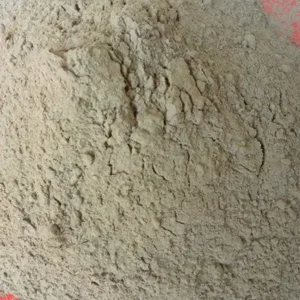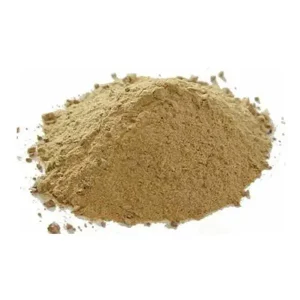Tundish nozzles, also known as tundish metering nozzles or simply tundish nozzles, are critical components in the continuous casting process used in steelmaking. Tundish Nozzles usually comprise a zirconia inner nozzle (often referred to as a “zirconia insert”) with a lower grade outer body such as Alumina, Zircon or Bauxite. Depending on the tundish design the tundish nozzle can be of different shape and size.
Tundish Nozzle Advantages:
- Long casting sequence time
- Controlled casting speed
- Excellent resistance to oxidation
- Prevent clogging to improve productivity
- Special compositions of nozzles as per use in the industry
Tundish Nozzle Application:
Different refractories associated with tundish include tundish lining materials (both permanent and working lining), dams and weirs, impact pad, flow control system (mono-block stopper or slide gate), pouring stream protection between tundish and mould (shroud or submerged entry nozzle), tundish nozzle, and seating block. Dams and weirs are made of magnesite boards or alumina bricks. Liquid steel from tundish to mould is fed by nozzle submerged into the liquid steel in the mould. Submerged entry nozzles are to be resistant to corrosion and spalling. Nozzle clogging is also important. Isostatic pressed submerged entry nozzle with alumina graphite-fused silica are normally used.



